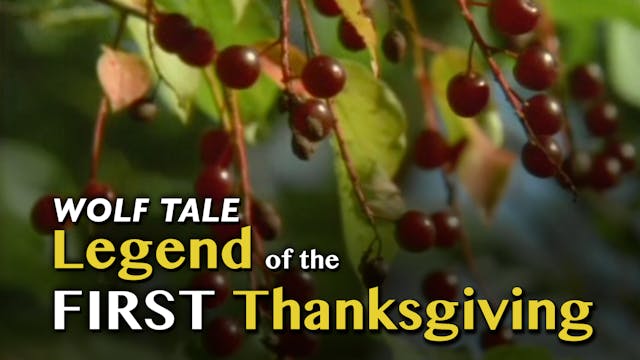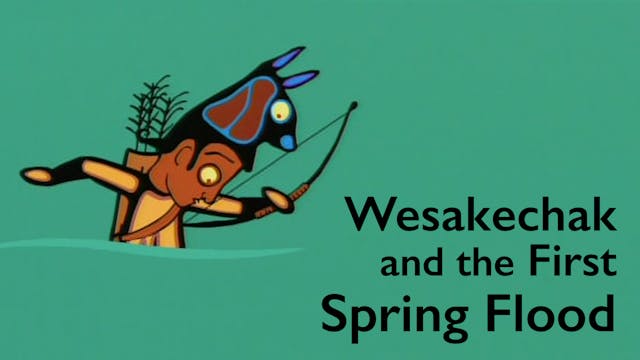Travel to 9 countries with Matt Briggs to uncover the best ideas, cutting-edge technologies and restorative solutions to help curb climate change.
Energy Efficiency
Most of us don’t think about how much energy we’re using until it’s time to pay the bills. DEEP GREEN helps us understand that reducing the level of energy we consume is as critical as eliminating our dependence on fossil fuels. “We see energy efficiency as the cheapest, cleanest, fastest resource there is,” says Barbara Finamore, the Beijing-based director of NRDC’s China program for more than two decades.
Green Building
Did you know that 51% of all the energy consumed in the U.S goes into our buildings? Or that cement is the number one emitter of C02 across the built environment —surpassing steel, glass, aluminum and dry wall combined! This episode of DEEP GREEN shows us the many ways buildings can achieve Near Net Zero waste—the ultimate goal of a “living building,” where everything is generated, collected, treated and reused on site, like Nature. And in each chapter of the movie, we see Matt Briggs retrofitting his 1952 bungalow-style home, his land, and his lifestyle, achieving an 85% reduction in his carbon footprint—so far! See how we can become part of Nature in resilient, retrofitted buildings that make both environmental and economic sense.
Decarbonizing Transportation
How we move from place to place is 20% of our carbon footprint—yet cutting down rainforests to plant biofuels releases over 300 times more carbon emissions just by burning gasoline. We have to use honest full-cost accounting in our fuel choices. Find out why the experts are saying that our future will be driven by electricity sourced from renewable energy.
Renewable Energy
We need less than 1% of the Sahara Desert to meet the worldwide demand for electricity. China is currently building over 250,000 MW of new wind power—the equivalent of 500 average size coal electric plants—by 2020. Farmers in Oregon have found that leasing land to wind farms is often as profitable as growing wheat. “You get a significantly larger number of jobs per dollar investment when you go with these green technologies. In some cases like solar, it’s more than five times more jobs for a dollar invested in solar than a dollar invested in coal,” says Dr. Daniel Kammen, Director, Renewable & Appropriate Energy Lab, UC Berkeley. Join DEEP GREEN for a close-up of this emerging new industry.
Smart Grids
“The biggest argument against renewable energy is what are we going to do if the wind is not blowing or the sun is not shining? And the answer is smart grids,” says Dr. Jurgen Schmid, Chairman, Executive Board, Institute of Solar Energy Technology. In this chapter of DEEP GREEN, leading experts share their vision of a near future in which revolutionary long-distance DC smart grids make it possible to transport electricity over extreme distances without power losses.
Coal & Nuclear Energy
Hundreds of dirty inefficient Chinese coal-powered plants are being replaced by cleaner burning, more efficient coal electric plants. But how much cleaner are they, really? We find out by visiting one of the country’s high-tech Ultra Critical coal plants and talking with various experts about the continuing effort to develop technology for carbon sequestration. We also explore the economic realities of coal and nuclear power. “If we insist on full cost accounting, nuclear power does not get out of the starting blocks. What the industry is trying to do is to unload those costs onto taxpayers so they won’t show up in the electricity rates,” says Lester Brown, best-selling author and founder of the Earth Policy Institute.
Sustainable Agriculture
“The way we produce our food contributes as much as a third of the greenhouse gases that we deal with,” says best-selling author and food authority Michael Pollan. “Your eating choices have just as profound an impact on what’s going on in the atmosphere as how you choose to move yourself around and heat your house.” Find out what Pollan says it will take to return to our once healthy farm roots.
Restorative Forestry
The only way to save the forests is to keep the temperature of the air down. The only way to do that is to virtually stop burning carbon to produce energy, cease deforestation, and then replant forests to help cool the Earth. Thailand, the Philippines and China have banned deforestation within their borders. Explore with us what else is being done.
2012 77 mins.
Produced and Directed by Matt Briggs
Up Next in All Films in the Collection
-
WOLF TALE: Legend of the Spirit Bear
WINTER: Mother Wolf tells of a time of eternal winter when all creatures were starving. When the Earth is filled with ice and snow, all the hungry animals ask the creator to bring back the seasons. Legend tells us that with the seasons, also came the "spirit," or Kermode Bear. Legends from Canad...
-
Wolf Tale: Legend of the First Thanks...
Stories of the Seventh Fire
AUTUMN
Wolf Tale: Legend of the First Thanksgiving – Mother Wolf tells her cubs a bedtime story about how the first Thanksgiving was created. (Inspired by a story from the Salish of the Pacific Coast)12 Mins
1999
English -
TALES OF WESAKECHAK: The First Spring...
SPRING: A story about the power of friendship. Before there were people on Turtle Island (North America), the Creator put the shape-shifter Wesakechak on the earth to take care of all the creatures. This makes Machias, a bad spirit, very envious and angry. From the series STORIES FROM THE SEVENTH...




1 Comment